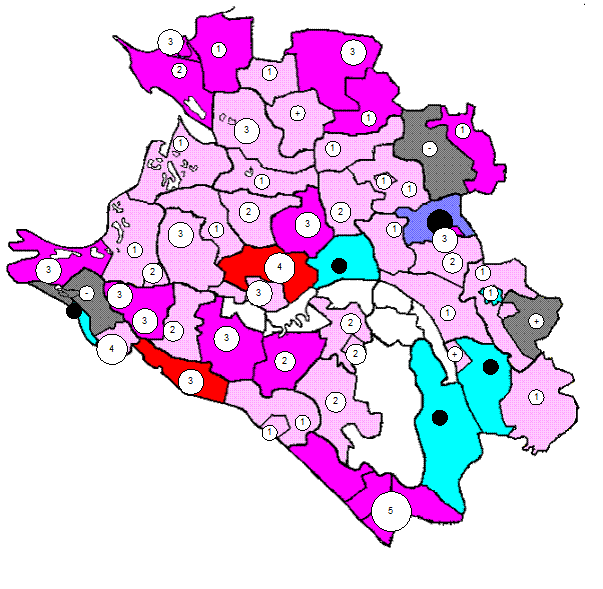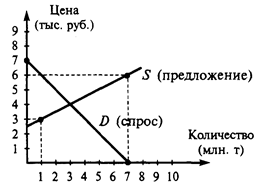Principles of the trading system
The WTO establishes a framework for trade policies; it does not define or specify outcomes. That is, it is concerned with setting the rules of the trade policy games. Five principles are of particular importance in understanding both the pre-1994 GATT and the WTO: · Non-discrimination. It has two major components: the most favoured nation (MFN) rule, and the national treatment policy. Both are embedded in the main WTO rules on goods, services, and intellectual property, but their precise scope and nature differ across these areas. The MFN rule requires that a WTO member must apply the same conditions on all trade with other WTO members, i.e. a WTO member has to grant the most favorable conditions under which it allows trade in a certain product type to all other WTO members. "Grant someone a special favour and you have to do the same for all other WTO members." National treatment means that imported goods should be treated no less favorably than domestically produced goods (at least after the foreign goods have entered the market) and was introduced to tackle non-tariff barriers to trade (e.g. technical standards, security standards et al. discriminating against imported goods). · Reciprocity. It reflects both a desire to limit the scope of free-riding that may arise because of the MFN rule, and a desire to obtain better access to foreign markets. A related point is that for a nation to negotiate, it is necessary that the gain from doing so be greater than the gain available from unilateral liberalization; reciprocal concessions intend to ensure that such gains will materialize. · Binding and enforceable commitments. The tariff commitments made by WTO members in a multilateral trade negotiation and on accession are enumerated in a schedule (list) of concessions. These schedules establish "ceiling bindings": a country can change its bindings, but only after negotiating with its trading partners, which could mean compensating them for loss of trade. If satisfaction is not obtained, the complaining country may invoke the WTO dispute settlement procedures. · Transparency. The WTO members are required to publish their trade regulations, to maintain institutions allowing for the review of administrative decisions affecting trade, to respond to requests for information by other members, and to notify changes in trade policies to the WTO. These internal transparency requirements are supplemented and facilitated by periodic country-specific reports (trade policy reviews) through the Trade Policy Review Mechanism (TPRM). The WTO system tries also to improve predictability and stability, discouraging the use of quotas and other measures used to set limits on quantities of imports. · Safety valves. In specific circumstances, governments are able to restrict trade. The WTO’s agreements permit members to take measures to protect not only the environment but also public health, animal health and plant health. There are three types of provision in this direction: · articles allowing for the use of trade measures to attain non-economic objectives; · articles aimed at ensuring "fair competition"; members must not use environmental protection measures as a means of disguising protectionist policies. · provisions permitting intervention in trade for economic reasons. Exceptions to the MFN principle also allow for preferential treatment of developing countries, regional free trade areas and customs unions.
|




